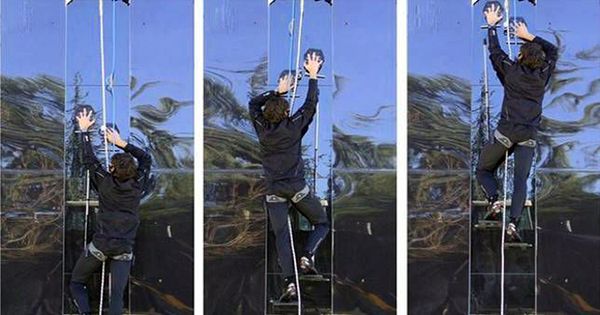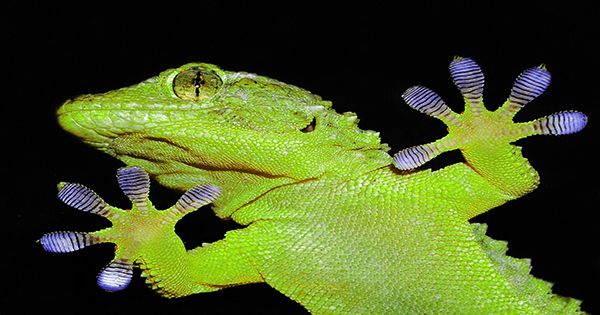The ability of some animals to climb vertical surfaces and even hang upside down from the ceiling has inspired engineers and science fiction alike. How scientists managed to apparently defy the laws of physics to animals like the geckos, and engineers copied it. Still, you haven’t seen the work in their local supermarket because manufacturing is very difficult and expensive for widespread use. Now, however, a team thinks they’ve found an easy way to create devices that will get you up the wall.
Short hair is the key to overcoming the seriousness of small climbing animals. Geckos have their toes covered with flat extensions known as fibrils or setae that have a surface attraction with atoms of solid objects. As weak as this attraction is, enough whistle packs the little lizards into unnecessarily big fingers so they can hold their body weight even after death. Frustration occurs by changing the angle at which the foot meets the wall.
Past efforts create incredibly fine-scale templates and fill them with liquids that form a polymer when they are set. The process is slow and expensive. Other climbing pads are made by military researchers, but their methods have not been disclosed, and it is state privacy if they make any cheap products. Dr. Michael Varenberg of the Georgia Institute of Technology discovered that it works better when the same polymers are partially set on a smooth surface and then partially set with an appropriately sized press. The change may seem small, but Varenberg believes it can not only improve the grip but also transform the pad production economy.

Gecko-like Pads For Wall Climbing Could Be Mass Produced
“Moulding techniques are an expensive and time- consuming process. And there are issues with the release of Gecko-like material from the template that could disrupt the quality of the attachment surface,” Varenberg said in a statement. The method is described in the AC applied materials and interfaces.
Humans have a much larger mass on the surface than small reptiles, so simply covering our hands with fibrils will not be enough to turn us into spider poles. Nevertheless, the possibility of climbing vertical glass walls has been shown, given that the provided pads are 10 times the size of a human hand.
The pads can have a lot of applications as well as making it possible for the devils in the sky to push the skyscraper inhabitants. Robot cleaners can go where no Romba has gone before, but the production line is probably the largest market. With the exception of things like Teflon, it will adhere to anything.
“With the exception of things like Teflon, it will adhere to anything. This is a clear advantage in manufacturing because we don’t have to prepare the gripper for specific surfaces we want to lift,” Varenberg said. “Gecko-inspired adhesives can lift flat objects like boxes then turn around and lift curved objects like eggs and vegetables.”















